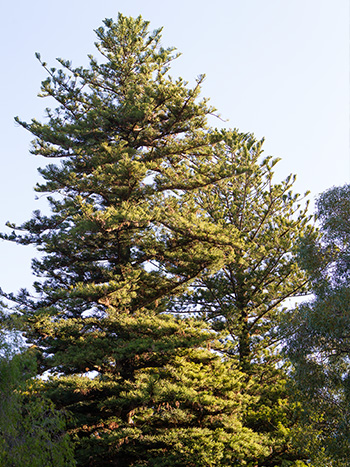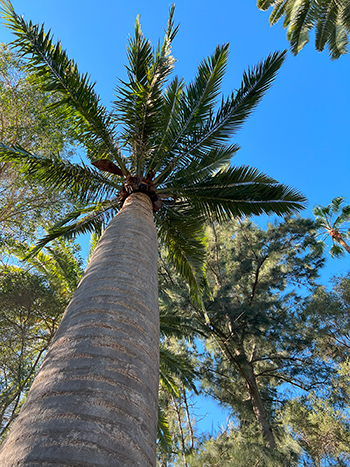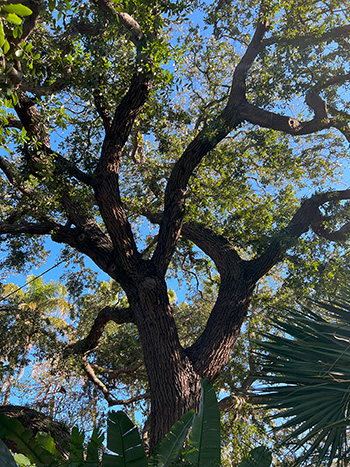When the 41-acre Perth Zoo site was selected in 1897, it was largely denuded Banksia scrubland, a place of particularly sandy soil and lacking in nutrients down on its flattest parts. However, that didn’t stop the Zoo’s founder, Ernest Le Souef, building the Zoo and the gardens he dreamed of.
Cart loads of manure were brought into the Zoo every day for two years to improve the soil. The Head Gardener, Henry Steedman, and Le Souef, spent a lot of time carefully planning the gardens. Plants and trees from every corner of the British Empire filled the Zoo including rose gardens, lupin fields, exotic tropical plants and myriad palms.
Thanks to their foresight and the work of subsequent horticulturists, we have inherited a rich botanical history that is unrivalled in Western Australia. While there have been changes to garden beds and the removal of some species in favour of others, many impressive historical specimens remain for you to see on your visit to Perth Zoo.
As you journey around Perth Zoo, passing beside and below the expansive branches of our botanical collection, you might want to take note of a few of these significant trees.
Norfolk Island Pine Trees (Araucaria heterophylla)

Known as the King and Queen Trees, these towering sentinels reign over Perth Zoo from their high vantage point near the cockatoos. They were planted in 1901 by the Duke and Duchess of Cornwall and York, who later became King George V and Queen Mary. Young men climbed these trees at the end of World Wars I and II to fly victory flags from their peaks.
Chilean Wine Palm (Jubaea chilensis)

Ah, the Chilean Wine Palm – a tree as rare as a well-aged vintage. It was almost decimated in the wild by people’s thirst for its sap before conservation efforts saved it from extinction. Our
Chilean Wine Palm grew from seeds given to Perth Zoo in 1912 by the Melbourne Botanical Gardens. Take a sip of awe of this impressive specimen near the entrance to the Australian Wetlands.
Canary Island Pine (Pinus canariensis)
A line of Canary Island Pines was planted over a century ago from the Zoo’s original entrance on Mill Point Road and into what is now the Australian Bushwalk. While not all remain, a group still stands, and they are significant for more than their age. They are a sanctuary for wildlife as they are the only roosting and nesting site in Perth for wild Eastern Great Egrets.
Holm Oak (Quercus ilex)

In the early 1900s, Head Gardener Henry Steedman planted the Holm Oak in its current position opposite the function centre on the aptly named Oak Lawn. Over the years it has grown. Its numerous long, thick branches reach out to form a large canopy, perfect for shade-loving palms, cycads and other tropical plants to thrive in its protective understorey. Holm Oaks can live for a very long time, over 1,000 years, so that’s good news for the future of this historic tree.
Moreton Bay Fig (Ficus macrophylla)
Moreton Bay Figs abound in the Zoo grounds. They’re in the Rainforest Retreat, Australian Bushwalk, and next to the Main Lawn. In 1899 head keeper planted one of these botanical giants in his front garden, on the corner of Angelo and Onslow Streets and it’s now the biggest in South Perth.
Canary Island Date Palms (Phoenix canariensis)
A row of Canary Island Date Palm saplings was planted over a hundred years ago and they continue to line the pathway from the train station to the cassowaries. A photo taken in 1920 of the former Mineral Baths (now Docent Lodge) shows the palms as barely more than shrubs.